This article describes level switches and types of level switches. Level switches are measuring instruments installed at a certain determined point of the level. They are used mainly to detect the fill level of products stored in hoppers, silos, and other storage tanks.
When the level switch changes its state (open/closed), it triggers a security alarm (tank full or low) or triggers a specific action in the process. For instance, the specific action may be starting a pump to fill or empty the tank.
Difference between Level Switch and Level Sensor
Even though both names are often used as synonyms, but they have different purposes. They refer to different devices in many respects.
Level sensors carry out a continuous measurement of the product level, on the other hand, the level switches carry out a punctual measurement. It means that they detect the presence or absence of the product at a predefined level.
Level switches are on/off type devices that alternate between two positions. The level switch has two states, one is to open and another is to close the circuit.
How to choose a level switch?
The level switches are selected by considering the type of product (liquid, granular or solid in bulk), its properties (conductive or non-conductive, abrasive, aggressive, etc.), turbulence on the surface, or the presence of foam.
Once the type of switch has been chosen, restrict the selection to models capable of withstanding the operating conditions of the process (pressure, temperature) and that are built with materials compatible with the product.
Different types of level switches
Level switches can be differentiated by the technology they use for their operation. The level switch will be chosen based on the type of product whose level is to be measured. It depends specifically on whether the product is liquid, pasty, or bulk solid.
1. Float-level Switch
Float-level switches are made up of a metal or plastic float connected to a mechanical shaft or reed switch (magnetic device).
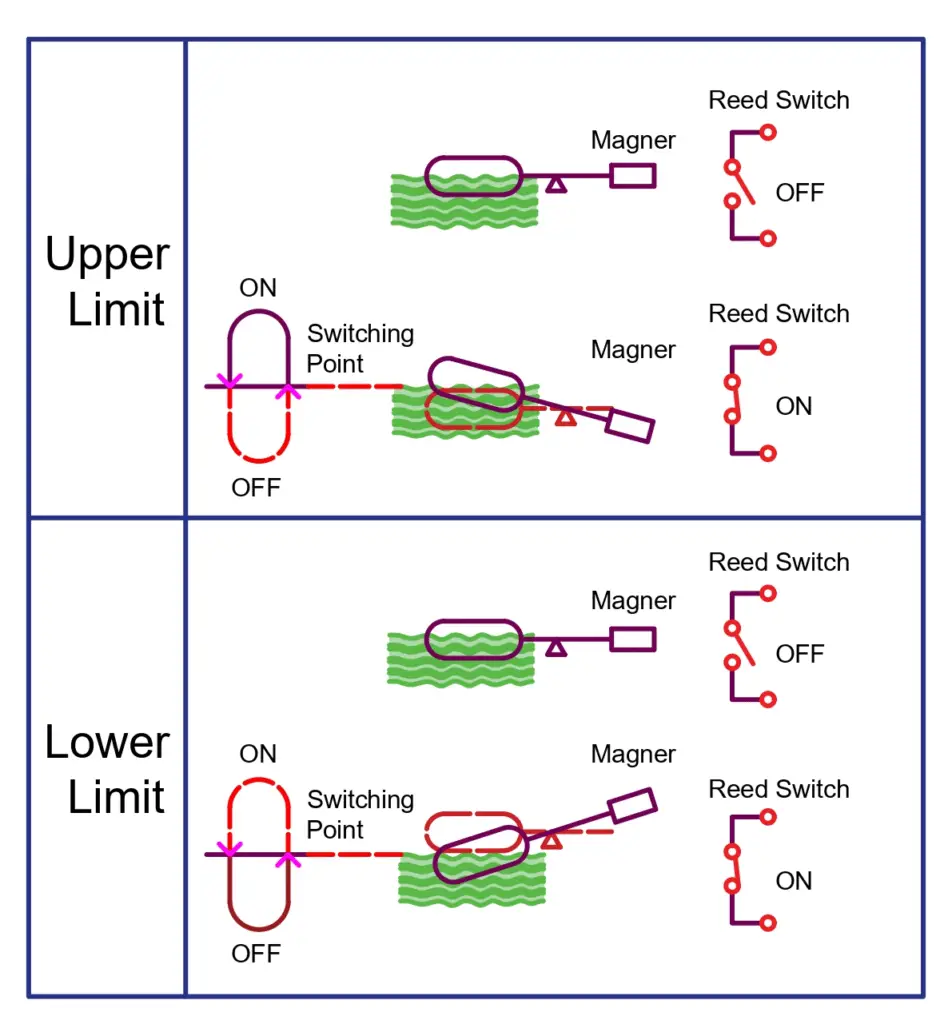
Float-level switches operate on simple principles. A float floats on the liquid surface of a tank. The float moves up and down according to the rise and fall of the liquid inside the tank. Upon reaching a predetermined position, the switch detects it, and triggers the change of state of the switch.
Types of float switches

1A. Level Switch with suspended float
The float is suspended from the other end of a cable. It has an actuation device inside, it is generally a mechanical and reed switch in it. The float rises and tilts as the surface of the liquid reaches it. Tilting causes the switch to change its state.

The float switch is simple and easy to handle, but level detection is not accurate. Widely used in pumps as a safety device to prevent dry running of the pump.
1B. Level Switch for Vertical mounting
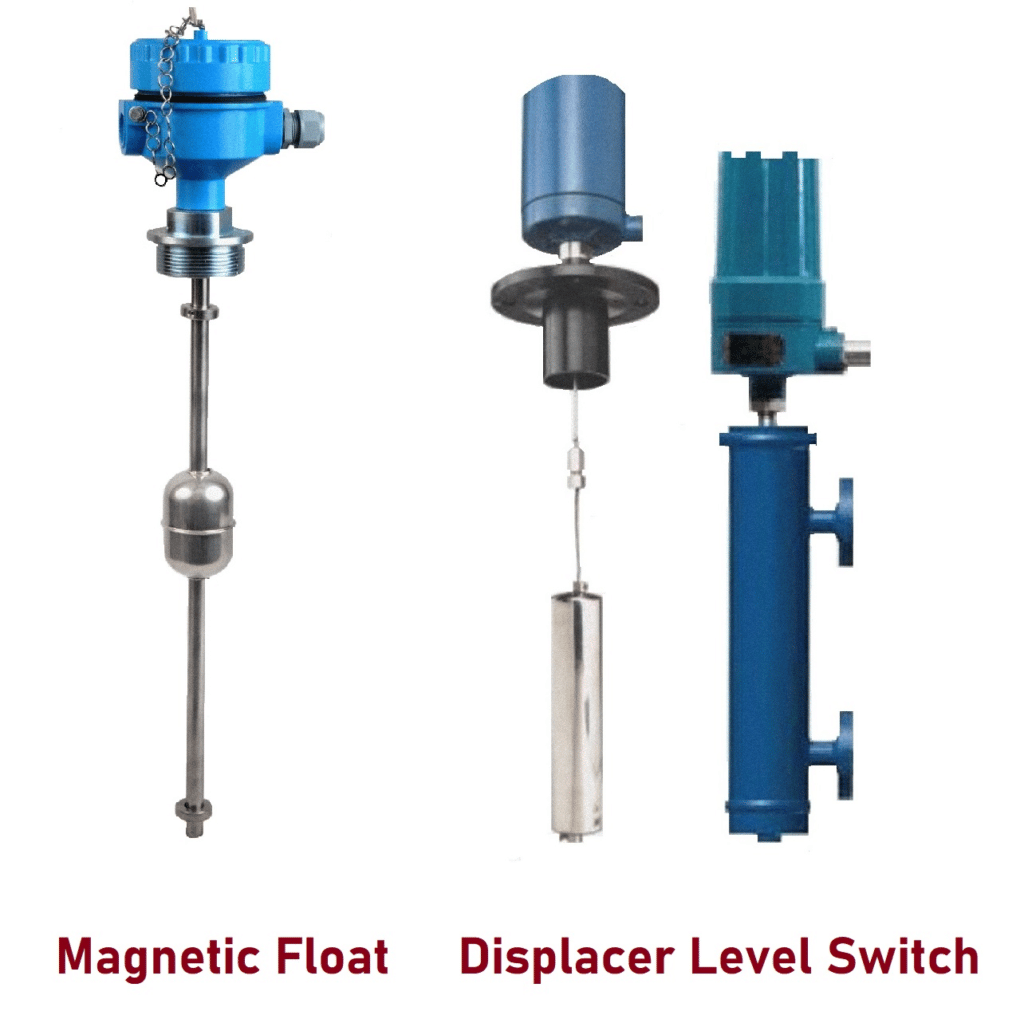
The magnetic float moves along a vertical axis, which integrates a reed switch. When the float reaches the height of the reed switch, the switch status gets changed.
Displacer type level switch is also similar to a magnetic float switch. It consists of a float, hanging in the tank. When the product level rise, the weight of the displacer becomes low thereby level switch actuation takes place.
1C. Level Switch for Horizontal mounting

The device consists of a float attached to the end of a horizontal jointed shaft. With the rise of the liquid level, the float modifies the inclination of the jointed axis, activating the contact.
2. Capacitive-level Switch

The operation of the capacitive-level switches is similar to electrical capacitors.
This switch together with the wall of the tank acts as an electrical capacitor. The level switch itself acts as one electrode and another electrode is the wall of the tank. Capacitance is formed between the two electrodes. The capacitance between them varies when the preset level is reached, causing the switch to change state.
The rise of product level causes a change in capacitance. The same is detected by the level switch and converted into a switching signal.
Advantages
- Both solid-level as well liquid-level detection.
- Material levels of both conductive and non-conductive can be detected.
- Product viscosity and sticky nature do not affect the measurement.
- Level switches resistant to high operating pressures and temperatures.
3. Conductive Level Switch
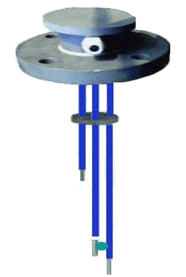
Conductive level switches are used distinctly with conductive liquids. Its basic configuration consists of two electrodes from an open electrical circuit, hence no current passes between them.
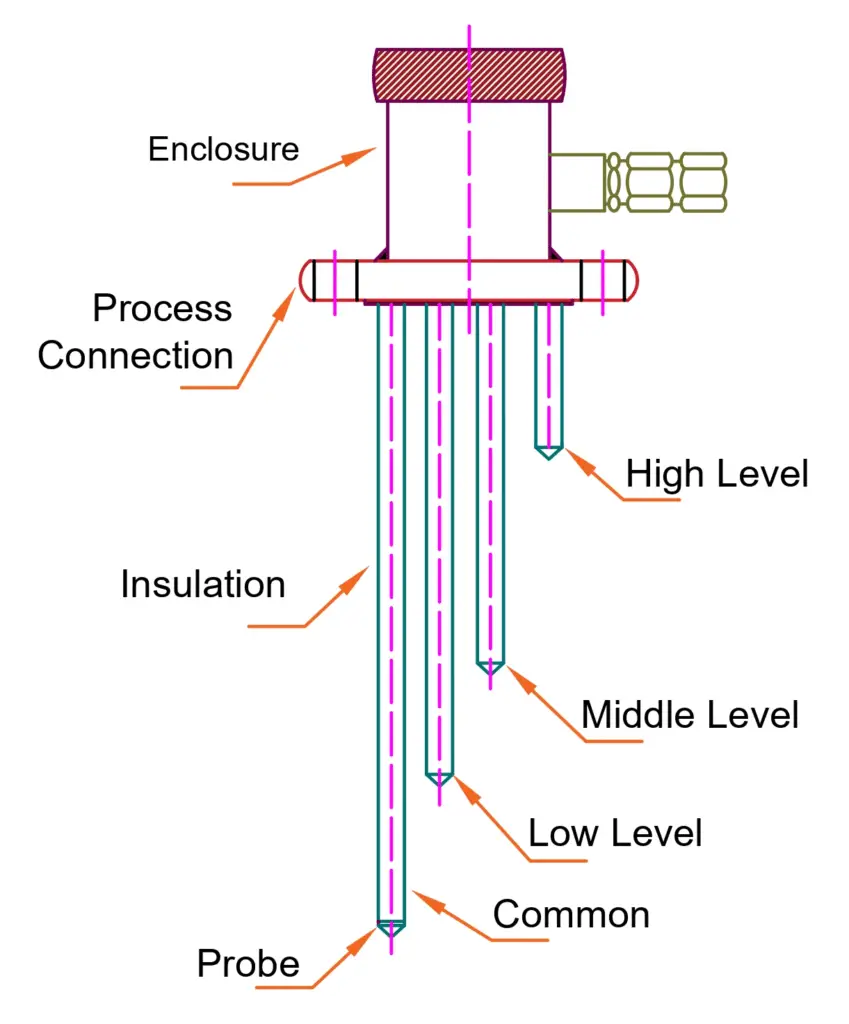
When the conductive liquid rises and comes into contact with electrodes, it closes the circuit. This causes current to flow between the electrodes, causing the switch to change state. The level switches work only with conductive liquids such as detergents, acids, and water-based solutions. It is not suitable with hydrocarbons, solvents, or oils whose conductivity is usually very low.
There are also conductive switches made of materials resistant to corrosive liquids.
Advantages
- Conductive level switches are simple, cheap, and robust.
- Various types of mounting and installations are possible.
- Calibration is not required.
- Switches with multiple electrodes permit for detection of various levels.
4. Vibrating fork Level Switch
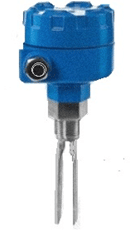
The sensing element consists of a fork. It vibrates at a certain resonant frequency by using a piezoelectric system. When the product comes into contact with the vibrating probes, the vibration’s speed becomes slow or stops.
This kind of switch is compatible with granular solids, and liquids. The properties of the product do not affect the sensitivity of the switch. One more advantage of these detectors is that they can be used in potentially explosive areas. This property makes it suitable for storage tanks for raw materials, food, and the chemical industry.
Advantages
- Process parameters such as viscosity, conductivity, and particle size don’t affect the measurement.
- Operating conditions such as pressure, temperature, foam, and product clogging don’t have an effect.
- Resistant to abrasion, easy to install, and does not require calibration.
- No wear and tear effect, do not require maintenance.
5. Rotary paddle-level Switch
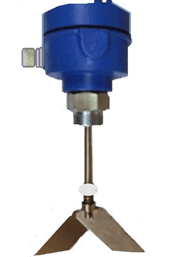
Rod with pebble is driven by an electric motor. Rotary paddle level switches consist of a shaft with one more paddle attached to it. Driven by an electrical motor, its rotation is at a slow speed.
When the product in the silo or tank comes in contact with the paddles, its speed of rotation slows down. The Motor gets stopped triggering the change of switch status.
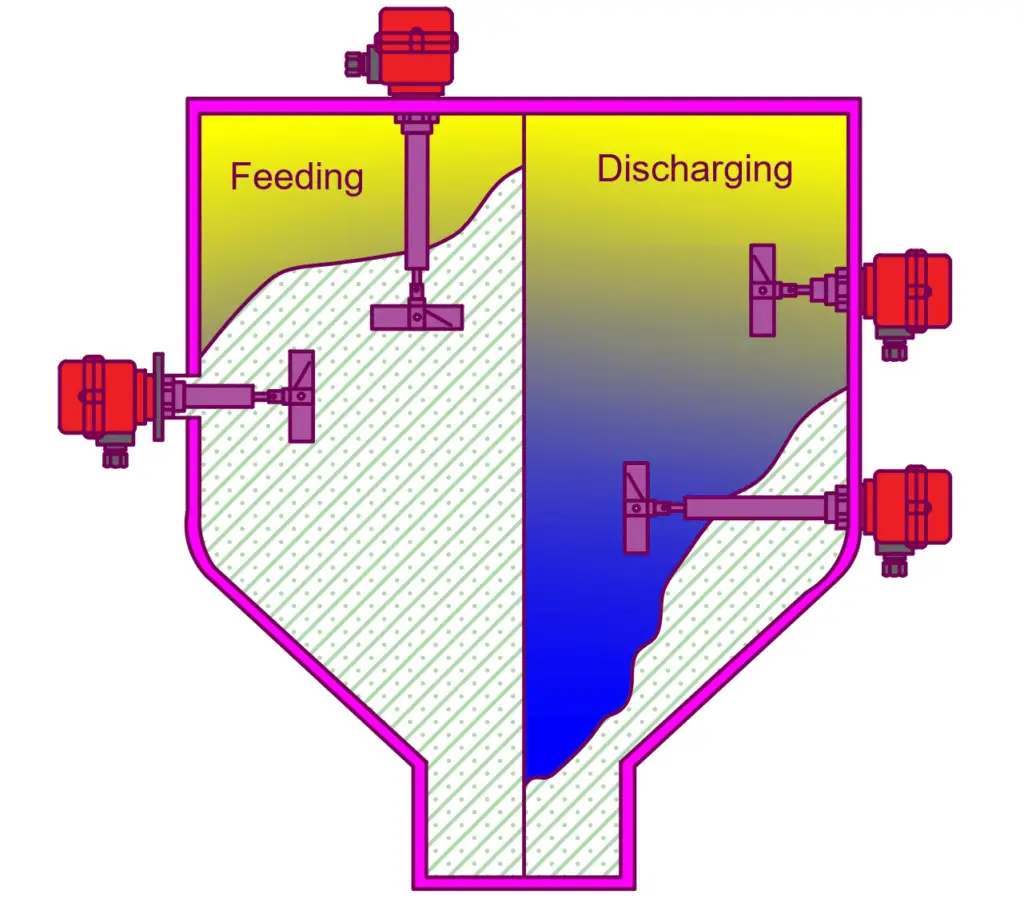
Both high and low levels of bulk solids are in bins, hoppers, and silos for grain, animal feed, cement, wood chips, detergent, and sugar level.
Advantages
- The main advantage is that it doesn’t require calibration
- Suitable for simple applications.
6. Optoelectronic Level Switch
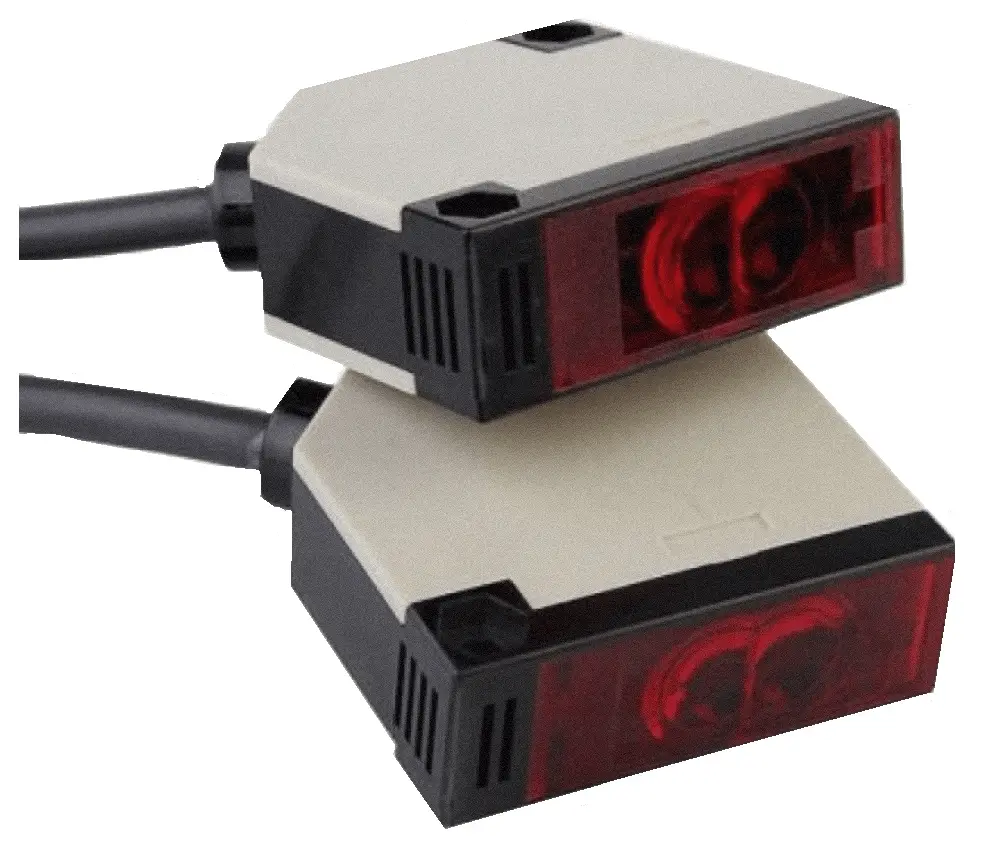
Working of Optoelectronic level switches is based on an infrared LED emitter and photo receiver.
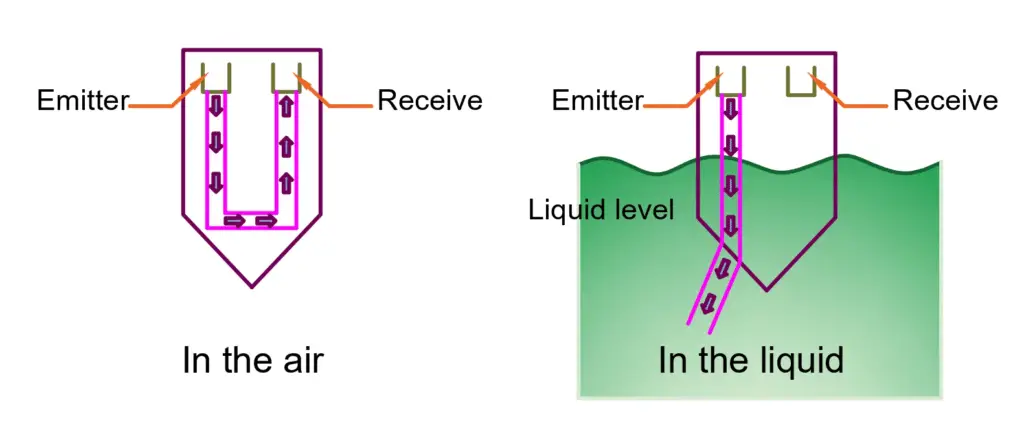
A beam of infrared light emitted from the source (by the LED) falls on the prism. It gets reflected as it passes through the liquid and reaches the receiver with less intensity. It causes the switch status to change. Only the tip of the prism comes into contact with liquid.
Advantages
- This type of level switch is compatible with all liquids.
- The level switch is not affected by product physical characteristics such as conductivity, density, dielectric constant, refractive index (RI), or color.
- No moving parts in switch construction.
- Most suitable in a risk environment.
- No calibration is not required.
7. Radar and Laser Level Switch
Radar and Laser Level Switches emit ultraviolet radar rays and microwaves and receive the reflected waves.
The ultraviolet radar rays and microwaves strike the object and reflect back to the transmitter. It measures the reflected wave and calculates the total travel time of the wave. The speed of the wave is equal to the speed of the light. The controller calculates the distance by taking the speed and time into the calculation.